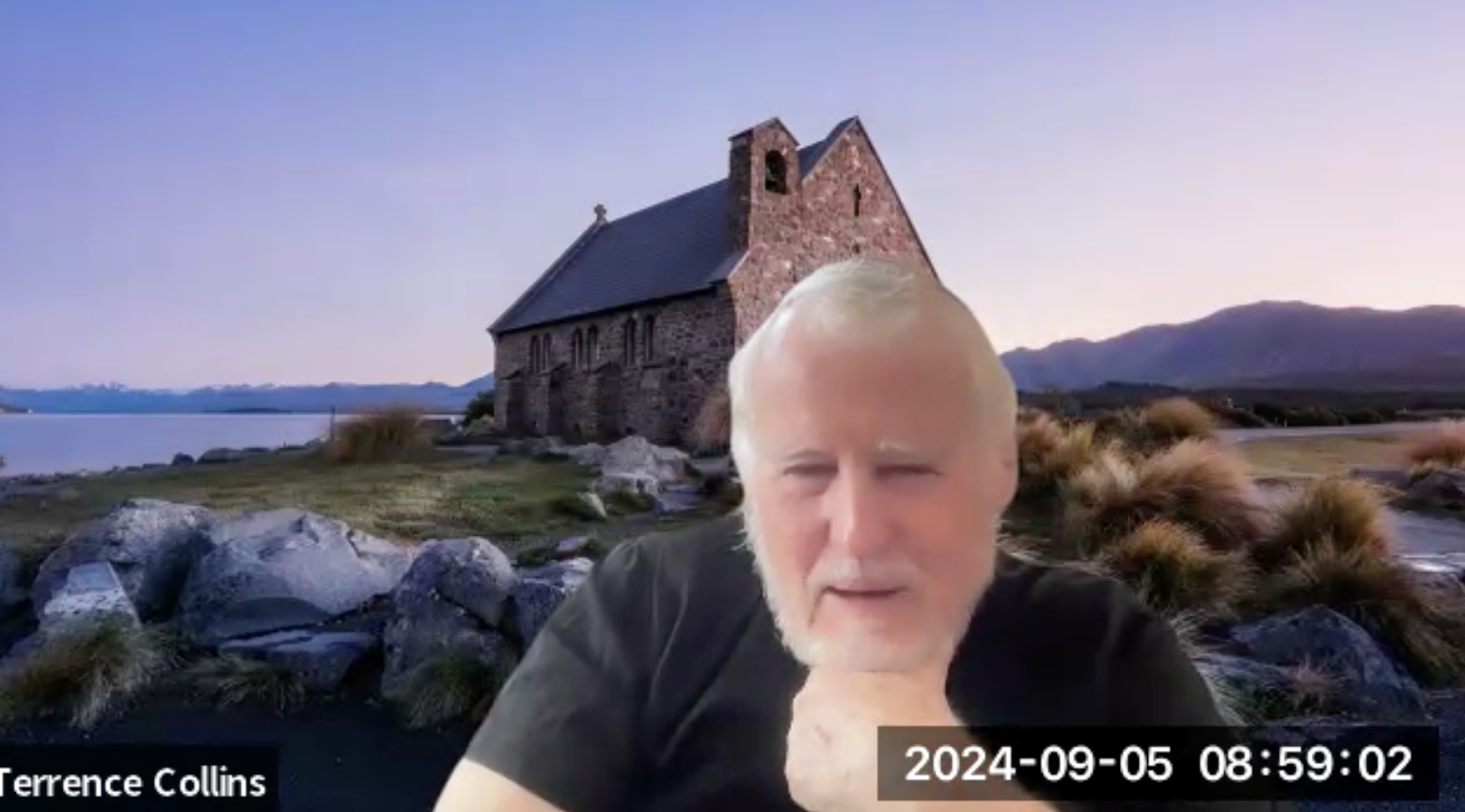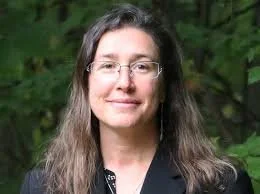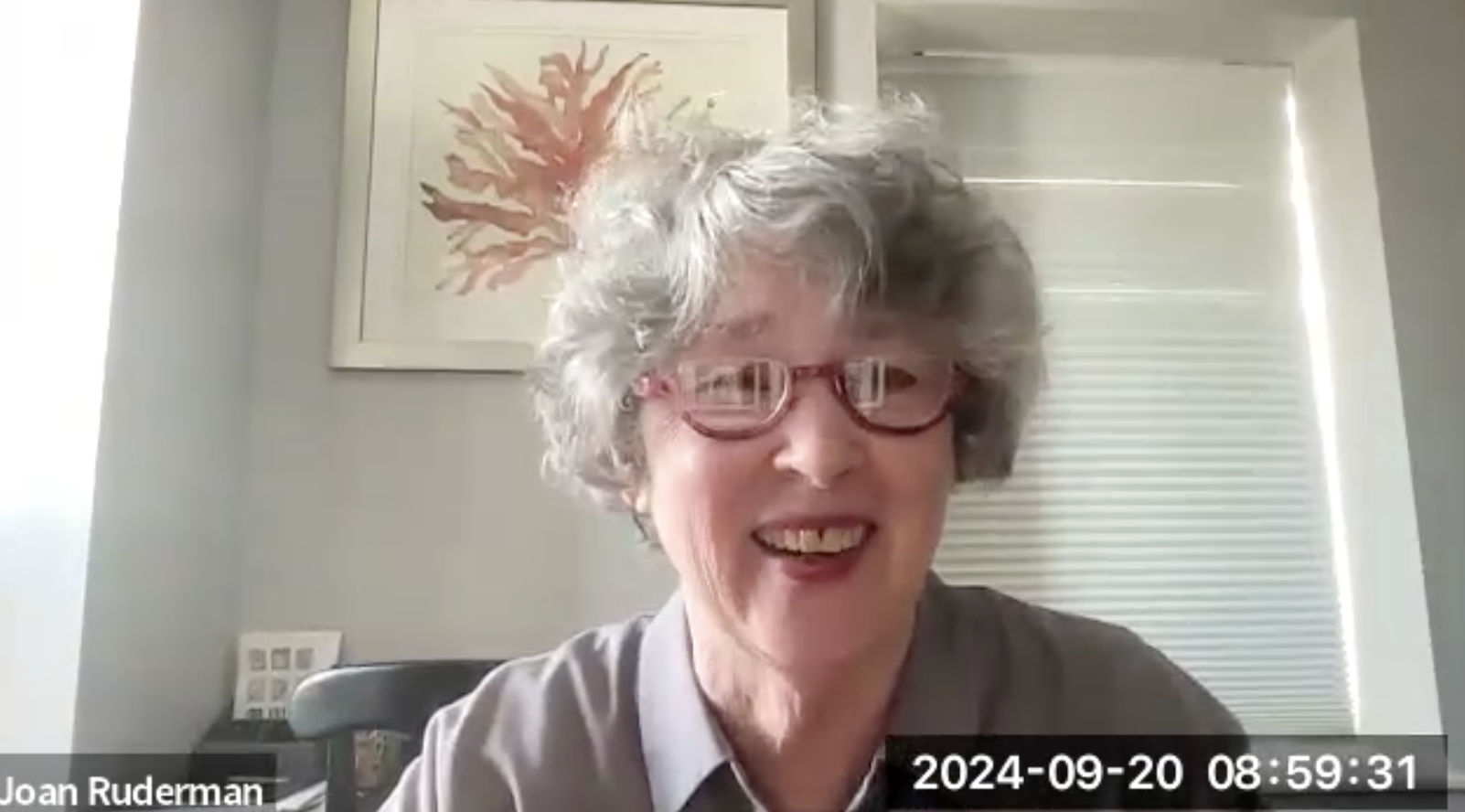I am pleased to share an article I wrote for UCSF’s Program on Reproductive Health and the Environment in celebration of Children’s Environmental Health Day today: https://prheucsf.blog/2019/10/10/bringing-the-environment-into-the-clinic/
People trust doctors, such as their pediatricians and obstetricians/ gynecologists (OB/Gyns), to give them important health information about their pregnancy and children. But by and large, pediatricians and OB/Gyns nationwide are not doing their part to protect children from toxic environmental chemicals that increase risks of cancer, endocrine disruption, autism spectrum disorders, ADHD, and lower IQs; the good news is we can reduce and prevent many of these chemical exposures and their associated risks with individual and societal changes.
Several key studies have found that while physicians are concerned about environmental health, they are reluctant to bring it up for fear of worrying their patients or whether they have enough expertise. In fact, only 20% reported routinely asking pregnant patients about exposures, and only 1 in 15 reported any relevant training. This should not come as a surprise as medical schools focus very little on environmental health.
In my own work promoting children’s environmental health to over 200 pediatricians and OB/Gyns as an intern with UIC’s Great Lakes Center for Children’s Environmental Health, I realized how little environmental health education occurs. During a one-year follow up, approximately 20% of practices had begun some outreach, but most still did not use environmental health histories. Although smaller practices did better than large group or hospital-managed practices, much remains to be done.
Most parents and parents-to-be have little idea how to protect their children during the most vulnerable stages of their lives, and don’t know where to look for resources. It is imperative to reach them during these critical windows, particularly during the prenatal period, when the die is cast for many serious health impacts. Even something as simple as patient education tools may make a difference.
UCSF’s Program on Reproductive Health and the Environment (PRHE) has a wealth of resources for health care providers or parents seeking to improve the care their children and others receive. Besides working to reform medical curricula, the PRHE provides information, resources, toolkits, and continuing medical education courses on environmental health.
Other resources include the EPA-sponsored Pediatric Environmental Health Subspecialty Units; the Centers for Disease Control and Prevention; official statements from respected professional associations like the American Academy of Pediatrics, the American College of Obstetricians and Gynecologists, the International Federation of Gynecology and Obstetrics, and The Endocrine Society; and training modules by non-profits like the Children’s Environmental Health Network and Physicians for Social Responsibility.
While healthcare providers are not the cause of the toxic contamination of our planet and ourselves; for the suffering, disability, and deaths of children; or for the almost complete lack of effective regulation. But pediatricians, OB/Gyns, and other healthcare providers can and should be part of the solution. And that means using their privileged position to make a difference in human and environmental health.
If you have a child or hope to become pregnant, talk to your provider about environmental health risks, and if you are a healthcare provider, you can start doing your part using the resources below:
Participate in Pediatric Environmental Health Training or Continuing Medical Education.
Consider how to talk to patients about environmental health in a clinical setting and the potential obstacles.
Draw on the expertise of EPA’s Pediatric Environmental Health Subspecialty Units.
Make sure your patients are educated no matter what language they speak.
Incorporate environmental health history forms in your clinic.
Advocate for greater environmental protections locally, regionally, and nationally.
This was originally posted on the UCSF Program on Reproductive Health and the Environment’s blog at https://prheucsf.blog/2019/10/10/bringing-the-environment-into-the-clinic/
Jean-Marie Kauth, PhD, MPH, is a Professor at Benedictine University in Lisle, Illinois. After losing her beloved daughter Katherine to leukemia, likely caused by exposure to pesticides sprayed for mosquitoes, Dr. Kauth made it her mission to learn more about how environmental exposures affect children’s health and to protect children from health outcomes like cancer, autism, ADHD, and lower IQs. To read more of her work, visit her blog at https://www.poisoningchildren.com.












